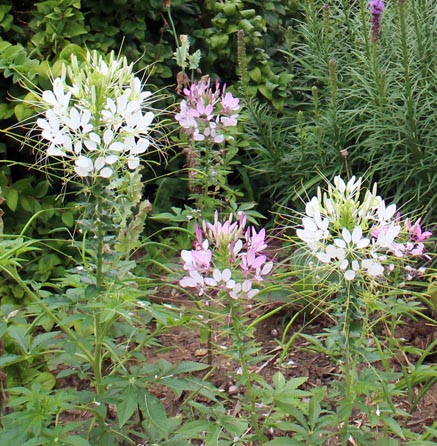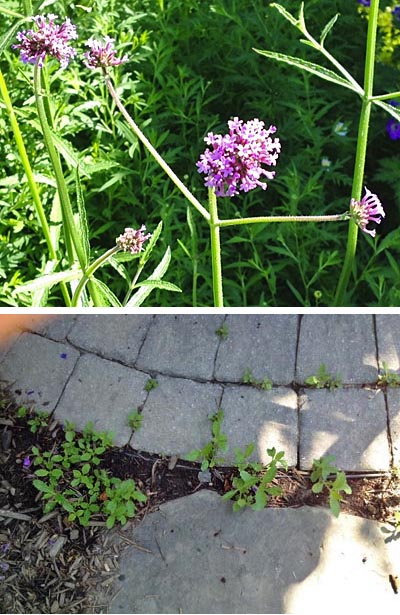The Grateful Deadheader
By Gil Medeiros, Fairfax Master Gardener

A 1980 photo of The Grateful Dead in concert
I am now grateful to have some knowledge about deadheading, which is the removal of spent blossoms to prolong the flowering of many annuals and perennials.
OK, it was a blatant bait and switch trick, but you might as well read on because this is a good summer topic for gardeners who want to improve their skills.
Let’s review some basics. As you know, annual plants undergo their entire life cycle in a single growing season. Biennials have a two-year life cycle. Perennials live for three years or more – if you are lucky (Gil’s law: the lifetime of the perennial is inversely proportional to the price of the plant).
The life cycle for annual plants includes its initial growth, the formation of flowers and then the formation of seeds from pollinated flowers. Finally, the plant, its reproductive mission accomplished, fades and eventually dies. These annuals are endowed with a hard-wired determination to complete that mission. If their flowers are removed after the blossoms have faded, but before they develop seeds, the plant will often make new flowers in an effort to complete the seed-making process. It has nothing to lose; it is not trying to save resources to make a comeback the following season. It will continue to make new flowers until it runs out of resources or succumbs to frosty temperatures.

Cleome is a prolific self-seeding annual
Some annuals, such as fibrous begonia, impatiens, and moss rose, need not be deadheaded because they do it themselves.
Perennials are more complicated because they have a dual mission in life: to reproduce and, unlike the annuals, to live beyond a single growing season. They do not readily play the gardeners’ game. Perennials typically do not flower as long as annuals for a reason. They are determined to come back the next year; so after they flower and set seed, they begin to store resources (e.g., carbohydrates they have produced through photosynthesis), usually in roots, rhizomes, or bulbs.
However, some perennials have a larger resource budget than others. These may rebloom after deadheading (e.g., rose, garden phlox, coralbells, Shasta daisy, veronica, delphinium, and daylilies).

Top: purpletop verbain flowering; Bottom: purpletop vervain volunteers from 2015 seeds not exactly where I want new plants to grow
As with annuals some perennials are vigorous self sowers. Yarrow is one. Unless you are trying to create a bed of yarrow, it is a good candidate for deadheading. That tall, thin beauty, purpletop vervain (Verbena bonariensis), a relatively short-lived perennial, drops enough seeds to fill a nursery with seedlings. Some selective deadheading keeps the weed problem at bay while continuing the existence of the plant in the garden.
Some perennials have seed heads or berry clusters that provide winter interest (sedum ‘Autumn joy’) or valuable food for birds (rudbeckia). Deadheading these is not necessary.
Some gardeners are reluctant to deadhead their flowers because they don’t know how to do it. Deadheading is really simple. Cut or pinch off faded flowers just above the next flower bud on the stem or the first group of leaves on the same stem when there are no flower buds. For some plants, the group of leaves may be at the base of the plant. In those cases cut off the stem right above the basal leaves. Except for roses that sometimes require that you distinguish between leaves that have three leaflets and leaves that have five, that’s all you need to know.
Deadheading, a brochure produced by Penn State Extension, contains the best list of annual and perennial plants to deadhead.
References
Deadheading Herbaceous Ornamentals and Roses, Plant Wise, Iowa State University Extension
Deadheading, Penn State Extension
Diseases of Peony, University of Minnesota Extension
To Deadhead or not? Your Final Answer is …, Penn State Extension